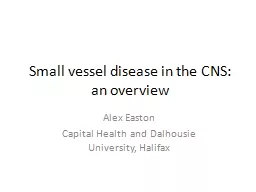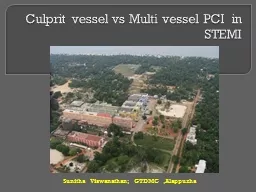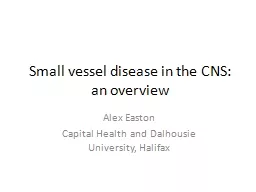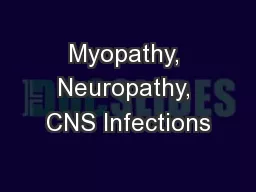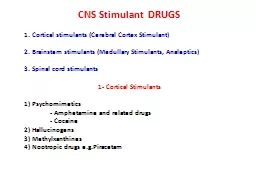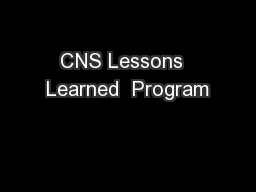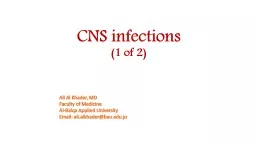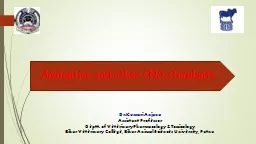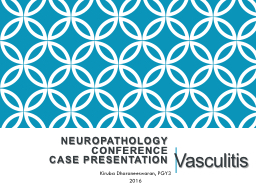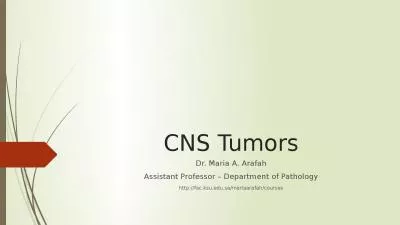PPT-Small vessel disease in the CNS: an overview
Author : marina-yarberry | Published Date : 2019-01-22
Alex Easton Capital Health and Dalhousie University Halifax Injury to the CNS Reduced cerebral blood flow due to occlusion causes ischemic injury stroke Increased
Presentation Embed Code
Download Presentation
Download Presentation The PPT/PDF document "Small vessel disease in the CNS: an over..." is the property of its rightful owner. Permission is granted to download and print the materials on this website for personal, non-commercial use only, and to display it on your personal computer provided you do not modify the materials and that you retain all copyright notices contained in the materials. By downloading content from our website, you accept the terms of this agreement.
Small vessel disease in the CNS: an overview: Transcript
Download Rules Of Document
"Small vessel disease in the CNS: an overview"The content belongs to its owner. You may download and print it for personal use, without modification, and keep all copyright notices. By downloading, you agree to these terms.
Related Documents

